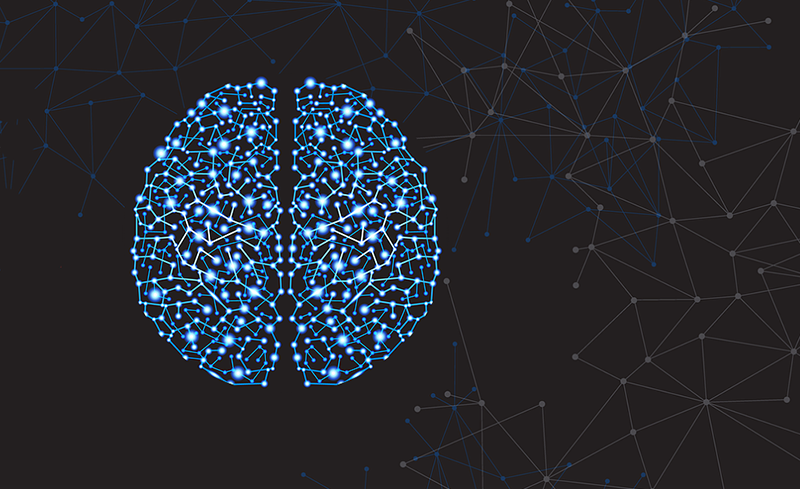Wearable technology is continuously evolving. The technology is making a breakthrough in healthcare with integration of AI and Machine learning into wearable devices. The next big wave of innovation is now coming in the form of neurotechnology. This is one form where wearable technology can make a huge leap forward.
Related Brain Computer Interface with Neurofeedback Can Improve Your Performance, Says Columbia Study
“It feels like neurotech now is where PCs were in the 70s; a lot of tech was there but the applications weren’t clear,” says Shahin Farshchi, a partner at Lux Capital, a New York City-based venture firm that invests in emerging technologies in the physical and life sciences.
So, let’s look at some of the newest applications of wearables and neurotech.
MindX
MindX is a startup that develops brain-controlled smartglasses. The company combines neurotechnology, augmented reality and artificial intelligence to create a new computing interface. Julia Brown, CEO of MindX, said that her company plans to produce glasses that let you “access information with a single thought,” reports IEEE Spectrum. With the smartglasses, the idea is that “Look & Think” would replace “point and click” as the prime form of interaction. The smartglasses would be controlled by drawing on a contextual AI — or artificial intelligence that can draw on environmental cues — and technology that combines ocular and neural signals. Without having to make a physical click or tap, it provides a more natural way of controlling the interface.
NeoSensory
NeoSensory develops wearable devices that “empower people with new senses.” NeoSensory focuses on sending a variety of data streams to the brain via the sense of touch. NeoSensory’s wearable devices take in information that is not easily accessible — for example, sound (in deaf individuals), light outside the visible spectrum, or information from connected devices — and translate them into patterns of vibrations on the body. With practice, these associations become automatic and a new sense is born. “With so much unused real estate on the body, the skin presents huge potential for the delivery of new information. They are currently building the world’s first hearing assistive technology that enables people to listen with their skin,” according to the company.

Sana
Sana, a Colorado-based startup makes wearable mask for pain relief. Opioids are still the most effective treatment for most severe/ chronic pain states, but they are hampered by side effects, abuse and addiction. Sana wants to solve that problem with its wearable mask. When a user wears the mask over their eyes for 15 minutes before bed, or in 15-minute intervals throughout the day, it puts them into a state where they feel relaxed and less pain. The Sana mask measures minute changes between each heartbeat, and administers precisely timed pulses of light and sound to stimulate the audio and visual cortex of the user’s brain.
Related Stanford’s Artificial Intelligence Institute Aims to Put Humans at the Center of this Field
WT | Wearable Technologies Conference in San Francisco on July 9-10
The most innovative wearables event will be back on July 9-10 in beautiful San Francisco at SEMICON West to celebrate the 34th edition of the WT | Wearable Technologies Conference Series. Topics include data analytics in professional sports, prevention, treatment and rehabilitation with wearables, the future of digital health, medication and adherence, smart patches, workflow optimization and workforce safety and much more – featuring international leaders and experts of the wearables industry´s biggest names including Abbott, Datwyler, Kopin, Maxim Integrated, Multek, NFLPA, Omron, SharkDreams, Qualcomm, Viewpointsystem and many more. Register now to be part of #WTUS19












